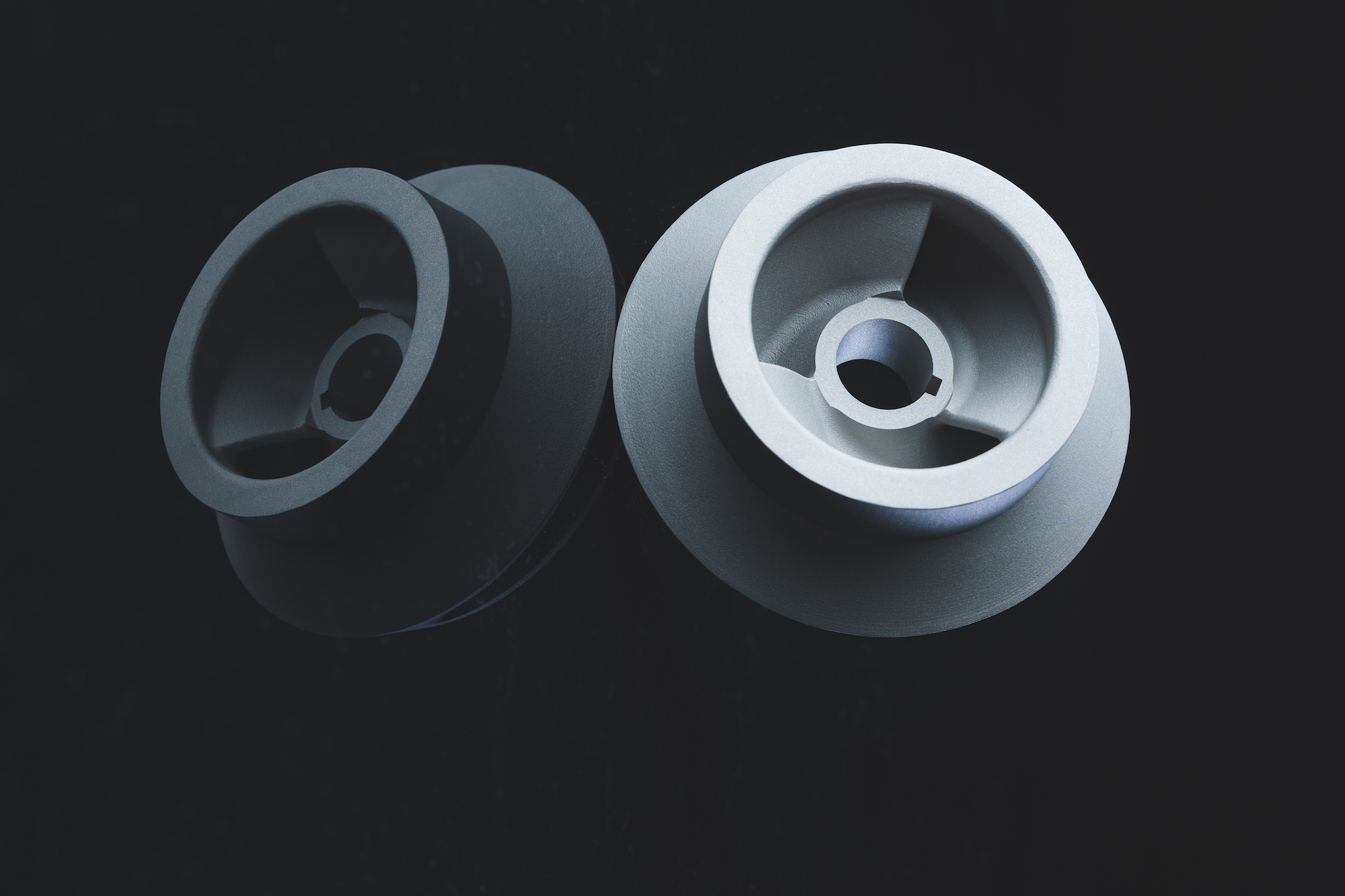When spare parts are difficult or even impossible to obtain, 3D printing can be an excellent solution. Borealis approached this challenge with 3D Formtech using reverse engineering, which involves creating a digital 3D model of the pre-existing part to be replaced in order to 3D print a new, even more durable part.
Could 3D printing be used to make spare parts for old equipment?
Borealis Polymers Oy, based in Porvoo, is part of the international Borealis Group, one of the world’s leading suppliers of advanced and durable polyolefin solutions. Borealis provides value-added, innovative and sustainable material solutions for consumer products, energy, healthcare, infrastructure, mobility and more. The Group operates in more than 120 countries, employing around 6 000 people, of which around 900 work in Finland.
The idea of using 3D printing expertise to meet Borealis’ needs started a few years ago, when Jyrki Kuosmanen, long term planner at Borealis, met 3D Formtech at a trade fair. Kuosmanen, who works in petrochemical maintenance, is responsible for spare parts for petrochemical equipment, which can sometimes be difficult to obtain.
“With a plant built in 1971 and a fleet of equipment that has been built since then, it brings its own challenges when it comes to spare parts. Spare parts are expensive to order and for older pumps, suppliers may announce that similar spare parts are no longer available,” says Kuosmanen.
Borealis had no previous experience with 3D printing, but Kuosmanen was interested in the possibilities provided by 3D Formtech.
“They had the equipment and procedures that I was confident they could meet our needs with. Together we started to explore how we could use their expertise to produce spare parts.”
Pump impeller with reverse engineering
Borealis chose a pump impeller for 3D printing due to its poor availability for production equipment. Kuosmanen explains that impellers are traditionally difficult to manufacture, and that is why delivery times from the original manufacturers are long and prices are high.
Whereas usually in 3D printing, the manufacturing file is based on an initial idea and a fresh design, in this case the process was the opposite. This is called reverse engineering, where a new part is made from an existing part.
This is how the process went:
- The old pump impellers were 3D scanned to create a 3D model by MLT Finland.
- The 3D files were fixed and finalized for printing. The machining allowances were added to the models.
- 3D Formtech printed the parts from stainless steel (316L). Special printing parameters were used to print the parts with as few support structures as possible.
- At the request of Borealis, a test batch was produced from the material for tensile testing to verify the mechanical properties.
- Finally, the parts were machined and balanced by Telatek.
“In the petrochemical industry we are dealing with hazardous chemicals, so there are many things that need to be carefully verified. That’s why we also wanted test results, for example to find out the porosity properties. Based on the tests, we found that the quality even exceeds the values that can be obtained by casting,” says Kuosmanen.

Speed, predictability, quality, and cost-effectiveness
Kuosmanen identifies several advantages that 3D printing can bring to Borealis.
“It brings speed to the procurement of spare parts and makes it easier to manage inventory levels. We see that 3D printing gives us, at least in certain respects, higher quality parts than the original supplier. In addition, 3D printing can be even more cost-effective.”
The cooperation to produce spare parts with 3D Formtech will continue, and the process in the chain of several different operators will be refined to become smoother and smoother with experience.
“I see that cooperation brings us a lot of benefits and it’s worth taking it further,” Kuosmanen says. “The latest impeller is in the process of being balanced, and once we have a sample of it, we will go through the pricing and delivery schedule for printing the part with 3D Formtech, so we know in which situations it is worthwhile to ask them to manufacture the impellers. We are also considering whether we will start scanning other impellers in stock and print them as needed,” Kuosmanen says.